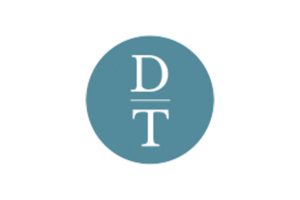FAQs ABOUT FACIAL CONTOURING

Facial contouring or facial sculpting, which is another name used for this procedure, is a method of changing the contours of the face. This can make certain features smaller or more prominent and create emphasis on the areas you want to highlight the most. This is another form of elective plastic surgery.
The most common areas to target include the nose, cheekbones, chin, forehead, lip and cheek fat. Facial contouring is a general term for all of these plastic surgeries performed to reshape the face. Surgical facial contouring techniques include skin tightening, fat transfers and implants.
SO, WHY CHOOSE FACIAL CONTOURING?
Older patients of any age may choose facial contouring surgery to address visible signs of ageing. These individuals have lost their youthful appearance due to wrinkles, sagging skin and facial volume loss.
By scheduling a consultation with Dr Thomas, he will be able to provide you with all of the information you need to make an informed decision.
WHAT DOES THE PROCEDURE INCLUDE?
Facial contouring is a personally tailored combination of procedures chosen to get the outcome you desire. Common contouring procedure combinations include rhinoplasty, rhytidectomy (facelift surgery), otoplasty (ear surgery), mentoplasty (chin surgery) and blepharoplasty (eyelid surgery). Dr Thomas will discuss the risks associated, medical benefits and cosmetic combinations available when you visit him for a consultation.
WHAT ARE THE POTENTIAL RISKS AND COMPLICATIONS?
Modern day methods have increased the safety of plastic surgery, but nothing can eliminate risk completely. The risks and complications associated with facial contouring surgery can include infection, asymmetries and poor scarring, to name a few. There are also risks associated with undergoing a procedure under general anaesthetic.
With years of professional experience, Dr Thomas will make every effort to ensure you receive the refreshed look you are after. To schedule a consultation to discuss your options, you can reach Dr Thomas at the Melbourne Institute of Plastic Surgery on 03 9034 7738.
MAKING AN INFORMED DECISION
Our website is intended to provide general information about facial cosmetic surgery and should not be used as a substitute for personalised medical advice. It is important to consult with a qualified plastic surgeon to determine if facial rejuvenation is the right procedure for you. The following considerations should be part of your decision-making process.
Risks
All surgical procedures carry risk. The potential risks and complications associated with facial cosmetic surgery include, but are not limited to, bleeding, infection, changes in sensation, temporary or permanent hair loss or changes in hair growth near the incision site, poor scarring, nerve damage, facial asymmetry, and the need for additional surgery. It is important to understand the risks involved and weigh up the benefits and drawbacks of surgery before undergoing facial rejuvenation.
Recovery
Recovery time after facial cosmetic surgery may vary depending on the individual, the extent of the procedure, and the technique used. In general, patients should be prepared to experience some discomfort, swelling, and bruising after surgery. Patients must also be prepared to take time off work and other activities and follow post-operative instructions to promote proper healing and minimise the risk of complications.
Results
Individual results may vary depending on a number of factors, including the patient’s natural facial structure, the patient’s age and skin quality, and the surgical technique employed. It is critical to have realistic expectations about the outcome of facial rejuvenation surgery and understand that each patient’s outcome will be unique.
If you have any questions or concerns about facial cosmetic surgery, please do not hesitate to contact us.
